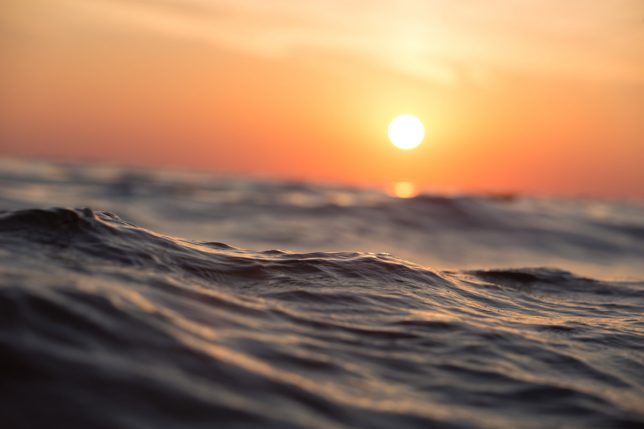If the world is running out of fresh water, why aren’t we desalinating more ocean water?
–H. Smith, Providence, RI
The protagonist of Samuel Taylor Coleridge’s 1798 lyrical ballad The Rime of the Ancient Mariner proclaims: “Water water everywhere / nor any drop to drink” as his ship drifts through Antarctic seas with no land or fresh water in sight and the crew slowly dying of thirst. A fitting allegory for our modern age.
Indeed, we’re in that same boat today given that salty oceans cover 70 percent of the Earth’s surface while freshwater becomes increasingly scarcer due to human overpopulation and climate change. Globally some 700 million people lack access to clean water while droughts are the norm in many regions.

Stepping up desalination—that is, filtering salt out of seawater to make it potable—seems like an obvious solution. But the two most common techniques, reverse osmosis, pushing seawater through membranes to separate the salt; and distillation, boiling seawater and collecting the resulting salt-free water vapor, both require costly amounts of energy and infrastructure. They also create a lot of potentially toxic “brine” as waste that can kill crops and other vegetation and render groundwater too saline to drink, not to mention negatively alter the chemistry of the ocean. Currently the world’s 18,000+ desalination plants pump 140 billion liters of brine into terrestrial holding pits or back into the ocean every day.
Ngai Yin Yip and his team of environmental engineers at Columbia University think their alternative method—“temperature swing solvent extraction” (TSSE)—can fix the problems of leftover brine, in turn making the desalination process cleaner and more efficient. TSSE uses a solvent that reacts to inexpensive low-grade heat to extract freshwater as efficiently as RO or distillation at a fraction of the cost.
Another promising alternative as pioneered by Penn State engineer Bruce Logan and colleagues is called battery electrode deionization (BDI), in which salty water is routed into channels with electrodes designed to capture salt ions and divert freshwater and salt accordingly. BDI is still in the R&D phase, but researchers hope it can eventually become a useful alternative to reverse osmosis or distillation.
But even these alternatives may be less desirable than leaving ocean water alone and focusing instead on conservation and recycling of existing fresh water supplies. The non-profit Pacific Institute reports that stepping up conservation and efficiency measures already in place in water-wise regions like California could reduce annual water use in urban areas by as much as 57 percent. Meanwhile, recycling (and treating) freshwater and making a bigger effort to capture stormwater run-off could produce enough drinking water to quench Los Angeles’ thirst two times over.
Given the magnitude of the problem, we need to embrace all forms of increasing our supplies of freshwater, whether they involve old-school methods like recycling or new-fangled approaches like technology-enabled desalination.
CONTACTS: Temperature Swing Solvent Extraction; “New desalination method offers low energy alternative to purify salty water”; Pacific Institute.
EarthTalk® is produced by Roddy Scheer & Doug Moss for the 501(c)3 nonprofit EarthTalk. Send questions to: question@earthtalk.org.
